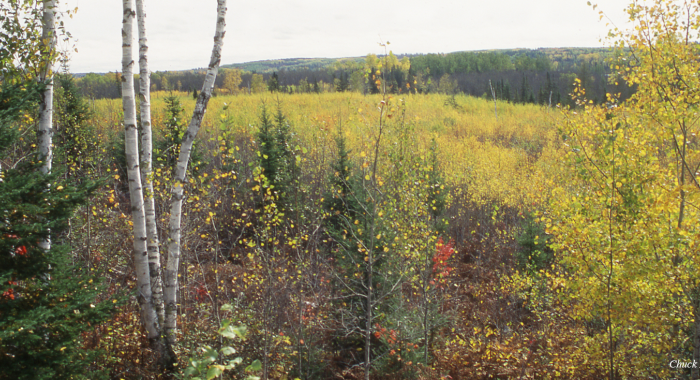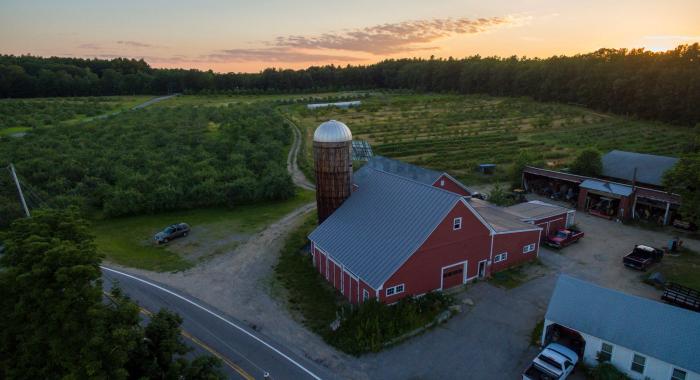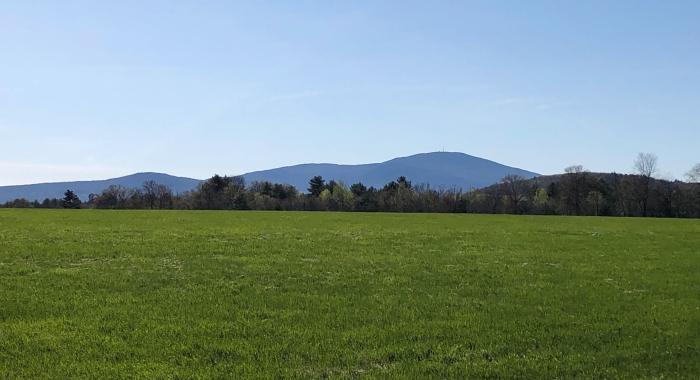Forest Society Blog - News & Features
Search filters
Results
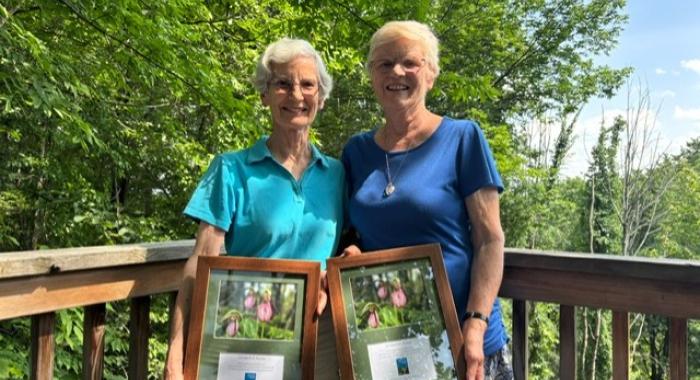
Bethlehem’s Underhill Acres Conserved as a Legacy Forest
In summer 2025, the Underhill family donated a conservation easement on their 258-acre property in Bethlehem. Owned since 1946 and one of the oldest certified Tree Farms in the country, Underhill Acres will remain in family hands while permanently protecting its forests, wildlife habitat, and over a mile of stream and river frontage. The property will host the 2025 NH Tree Farm Field Day on September 13.
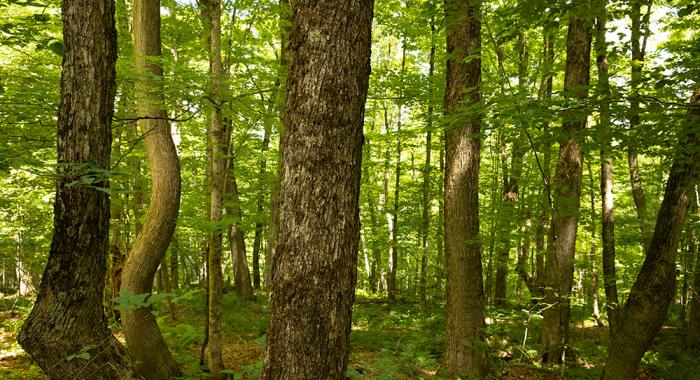
Legislation Introduced in U.S. Senate to Establish New Forest Conservation Program
The purpose of the program is to keep forests as forests through the use of conservation easements that purchase development rights from willing private and tribal landowners to prevent conversion to non-forest uses.
- Tags:
- Advocacy,
- Conservation Easements,
- Climate

Detecting Change in Conservation: The Value of Remote Sensing
January 27, 2023Forest Society Director of Easement Stewardship Naomi Brattlof speaks with Conservation Finance Network.
- Tags:
- Conservation Easements
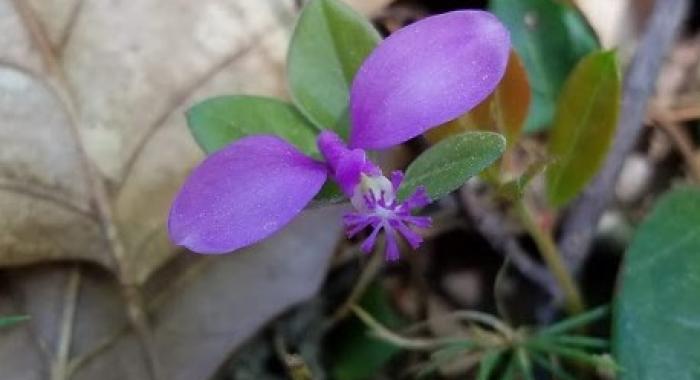
Wildflowers in Our Backyards
Spring ephemeral is the term used for many of New Hampshire's wildflowers that show off in the spring and then move on to a different life cycle where they wither away back underground after going through a reproductive phase. The short definition is growing over a short amount of time.
- Tags:
- Conservation Easements,
- Wildlife
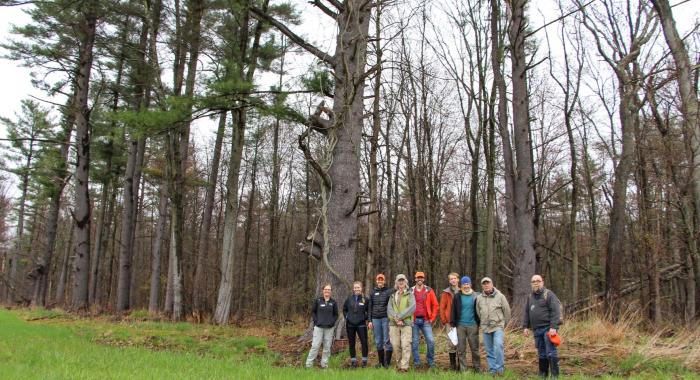
Volunteer Easement Monitoring Program Expands
To help the Easement Stewardship team monitor thousands of acres of conservation properties, the Volunteer Easement Monitoring Program (VEMP) was started in 2016. Since then, the program has been gradually expanding.

